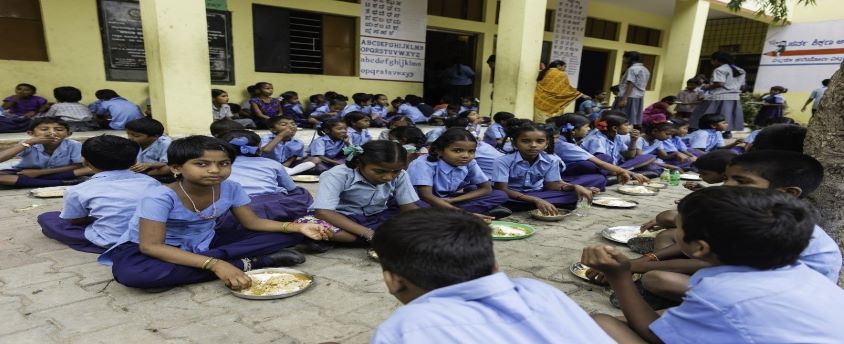India’s Food fortification Plan
21, Feb 2023

Prelims level : Governance - Policies
Mains level : GS-II Issues relating to development and management of Social Sector or Services relating to Health, Education, Human Resources.
Why in News?
- The public food fortification programme under India’s food safety regulator (FSSAI) has come under scanner after a report alleged conflicts of interest behind it.
Background:
- The mandates of the Food Safety and Standards Authority of India (FSSAI) and the Food Fortification Resource Centre (FFRC) – an industry-led organisation under the FSSAI, are the opposite.
- FSSAI – a statutory body, is supposed to be guided by principles of food safety, which include risk assessment, transparent public consultation, protection of consumer choice, etc.
- FFRC, on the other hand, has a sponsored promotional role – co-implementing fortification programmes, providing funding and advisory services, etc.
- The presence of FFRC within FSSAI deserves further investigation and intervention to avoid conflict of interest.
What is food fortification?
- Food fortification is defined as the practice of adding vitamins and minerals to commonly consumed foods during processing to increase their nutritional value.
- It is a proven, safe and cost-effective strategy for improving diets and for the prevention and control of micronutrient deficiencies.
- The Food Safety and Standards Authority of India (FSSAI), defines fortification as “deliberately increasing the content of essential micronutrients in a food so as to improve the nutritional quality of food and to provide public health benefit with minimal risk to health”.
Scenario in India:
- The Global Hunger Index (GHI) 2022 placed India at 107th position (out of 121 nations) and the undernourished population is one of the primary reasons for this poor performance of India.
- The momentum of food fortification accelerated in 2016 when the FSSAI established standards for the fortification of rice, wheat flour, edible oil, double-fortified salt (DFS) and milk.
- FFRC developed the ‘+F’ logo and helped build capacity for food producers.
- The pilot – public food fortification programme, was launched in 2019 by the government (FSSAI) in partnership with external non-profits, who are also associated with the nutraceutical industry.
- Fortified foods are now being included in public food schemes like PDS, ICDS, Pradhan Mantri Garib Kalyan Anna Yojana and Mid-Day Meal Scheme/Poshan, helping to address the challenge of malnutrition.
What are the benefits of Fortification?
- Since the nutrients are added to staple foods that are widely consumed, this is an excellent method to improve the health of a large section of the population, all at once.
- Fortification is a safe method of improving nutrition among people. The addition of micronutrients to food does not pose a health risk to people.
- It does not require any changes in food habits and patterns of people. It is a socio-culturally acceptable way to deliver nutrients to people.
- It does not alter the characteristics of the food—the taste, the feel, the look.
- It can be implemented quickly as well as show results in improvement of health in a relatively short period of time.
- This method is cost-effective especially if advantage is taken of the existing technology and delivery platforms.
Major issues with food fortification in India:
- The one-sided portrayal of fortification as a ‘cure-all’ without any significant scientific perspective and evidence on fortification.
- No independent risk analysis: FSSAI’s statutory regulations caution against consuming iron-fortified food by patients with thalassemia and sickle cell anaemia.
- Conflict of interest: The studies which FSSAI relies on to promote fortification are sponsored by food companies.
- Evaluation studies are still not publicly available.
Way Forward:
- Fortification should be pushed for in a transparent manner by the decision-making body (FFRC) and the regulatory body (FSSAI).
- To treat undernutrition in India, all three – dietary diversity, higher protein consumption and fortification, are essential.






